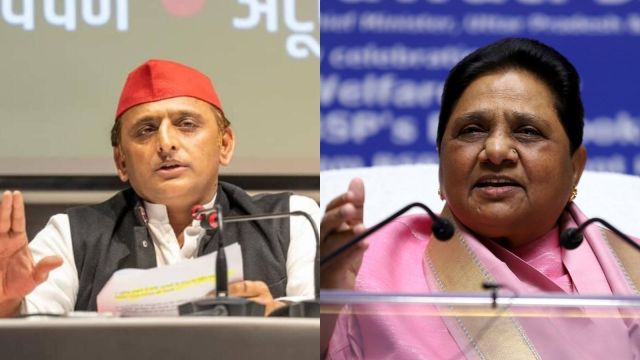
Three phases of voting in the general elections are over. Uttar Pradesh – with the largest number of seats of any state and crucial for any party’s prospects at forming the government in Delhi – saw 26 seats mostly located in western and central parts of the state go to the polls. While observing the politics of these three phases, one thing is clear: All the major contenders have refocused their social engineering efforts towards the most backward castes.
The BJP developed a model of OBC social engineering, which it deployed a decade ago. It has included multiple non-dominant OBC and Dalit communities in its broader rainbow of social alliances in various parts of India. This model of social engineering has been prominent in UP, where it has taken the shape of a BJP-led non-Yadav-non Jatav social alliance.
In addition to its electoral significance, this model is based on two conceptual sources: The first is the concept of Antyodaya, as articulated by Deendayal Upadhyaya and the second involves going beyond the conventional notion of a “base” vote. Many parties like the Samajwadi Party, Bahujan Samaj Party and Rashtriya Lok Dal in UP and the Rashtriya Janata Dal in Bihar used to rely heavily on their “base” for electoral success. As a result, certain communities had more political representation. In addition to this base vote, most of the parties tried to include other castes as a “stepney vote”. This model of political mobilisation was vertical in structure. The BJP has a pyramidal model in which it tries to expand the base of its electoral pyramid as much as possible by including several comparatively smaller communities against the dominant caste base of its rivals.
In the ongoing election, it is evident that the SP and BSP are now following, at least partly, the BJP’s model. Both parties have given relatively fewer tickets to their caste “base”. The SP gave only five tickets to the members of the Yadav community and the BSP too gave fewer tickets to Jatav candidates. It is true that BSP gave 30 per cent of tickets to Muslim candidates in UP, but the SP has changed its earlier pattern: Muslim candidates – the community is the party’s second most important vote base – got only 7 per cent of tickets.
Both parties have given tickets to members of communities they intend to bring into their fold. The SP seems keen to woo non-Yadav OBCs, which is reflected in the appointment of Shyam Lal Pal, who belongs to the Gaderia community, as UP state president. The party has turned its focus on Kurmi, Maurya, Shakya, Saini and Kushwaha communities in comparison to Muslims and Yadavs. Together, these communities constitute around 6 to 8 per cent of the state’s population. From the very first list of candidates, the SP has shown its intentions – among the 66 OBC candidates, few are Yadavs. It also gave 31 SC candidates tickets. This pattern held in subsequent rounds of ticket distribution.
Together, non-dominant OBC castes constitute an impressive number. Earlier, they were being counted separately by political parties. Now, thanks to evolving political processes, they are a political force and so, more visible.
This model of social engineering that works on gathering many small social groups has been the BJP’s modus operandi to mobilise OBC and SC communities. It certainly helps these political parties to add some clusters of vote banks with their base votes in this election. This social engineering model adopted by parties like SP and BSP may pose some challenges for the BJP in this election.
However, the BJP has been working on this model for a decade. It has acquired the capacity to create a balance among these many social groups. The SP and BSP have to evolve this capacity. We have to see how they are going to manage this in the election. If they fail to create a harmonious balance among these caste groups, it may turn into “Bhanumati ka kunba”.
The writer is director, G B Pant Social Science Institute, Allahabad. Views are personal


